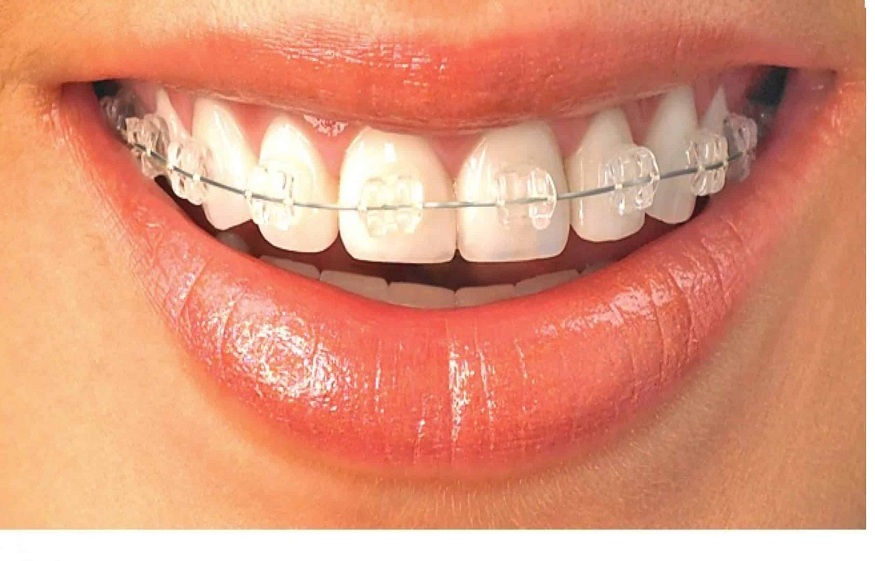What are Invisible Braces? Benefits, Cost and More

If asked the question, ‘what are braces?’, the first mental image that comes up is the traditional braces made with metal brackets and wires. We have all heard of how they can cause irritation, and pain and how they require a lot of maintenance. We have all seen friends and family members with metal braces that take up their whole smile for months at a stretch and shuddered at the thought of getting them.
If your fear of metal braces is stopping you from getting a smile makeOver, then check out invisible braces! These clear or virtually unseen braces are generally made for older teens and adults and are a great way of correcting your teeth without the brackets and wires. Invisible braces can effectively help resolve most dental complications however, for deep bites and other advanced issues, traditional braces are still the most successful.
Are you looking for a type of invisible braces to have a discrete smile correction journey? Choose from three main types of invisible braces:
- Lingual braces
Lingual braces are braces placed on the lingual side or back of the teeth. Since they are placed behind, they are not visible on the front of the teeth, making them almost invisible. However, lingual braces do contain all the same components as traditional braces.
- Invisible aligners
Invisible aligners are one of the most popular kinds of invisible braces today. They are almost painless, removable and easy-to-use plastic trays for your teeth. While they do not contain brackets and wires, they can give you a little discomfort initially as they gradually push your teeth for a perfect smile. However, as you keep using them, you will eventually feel no pain.
Since these invisible braces are removable, they don’t require the user to follow any dietary restrictions and can help make brushing and flossing easy too.
- Ceramic braces
Ceramic braces are similar to metal braces as they consist of wires and brackets, however, they are less noticeable as they use tooth-coloured brackets which make them discrete. These are perfect for those looking for traditional orthodontic treatment but want to keep it less noticeable. But compared to metal braces, ceramic braces are more expensive and may stain.
How much do invisible braces cost?
The cost of braces depends upon the clinic, the orthodontist, the method of smile correction and the type of correction required. In general, ceramic braces and lingual braces are very similar to traditional braces, however, due to their advancements, they cost higher than traditional braces. While it is popularly believed that invisible aligners too are extremely expensive, there are affordable options like makeO toothsi invisible aligners. Choose from two economical makeOver plans at makeO toothsi with EMIs starting from Rs. 3019/month!
Pros & Cons of Invisible Braces
Confused about what are the right braces for you? Here are some pros and cons of invisible braces to help you decide:
Pros
- Less noticeable or almost invisible
- Invisible aligners are removable and almost painless
- Ease of cleaning your teeth
- Removable braces/ aligners do not require dietary restrictions
Cons
- Ceramic braces and lingual braces take more time to correct teeth when compared with metal braces
- All kinds of invisible braces cannot resolve advanced dental corrections like deep bites
- Can be pricier than metal braces but you have affordable EMI options available
More About makeO toothsi Invisible Aligners
makeO toothsi Invisible aligners are a great option for invisible braces for you if you are looking for an easy, effective and almost painless way of smile correction. These invisible aligners are backed by 100+ dentists and orthodontists and meet international standards. They are easily removable, hence giving you the freedom of eating whatever you like and are virtually painless, making them a worry-free way of achieving your perfect smile.


